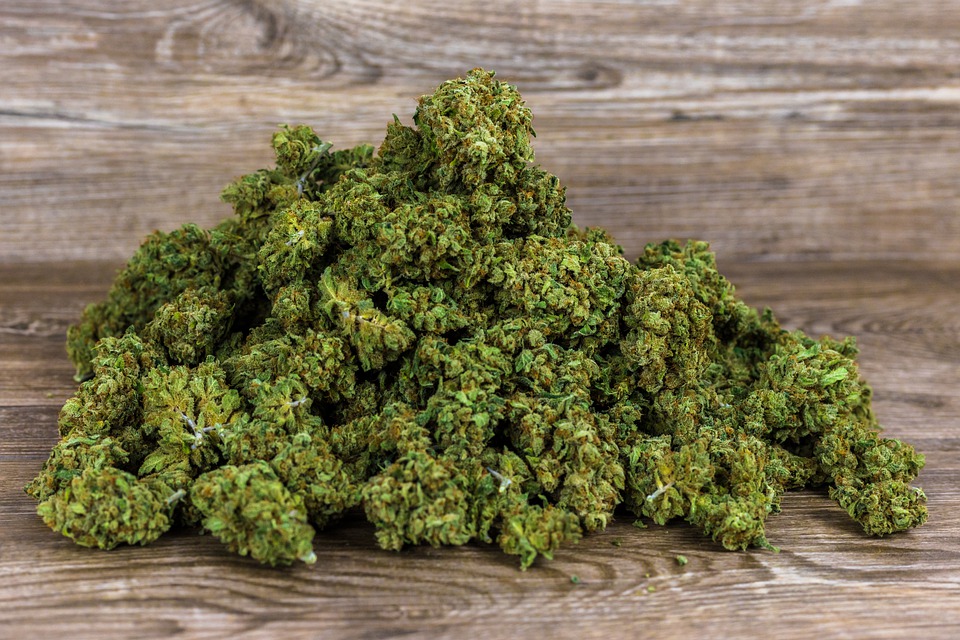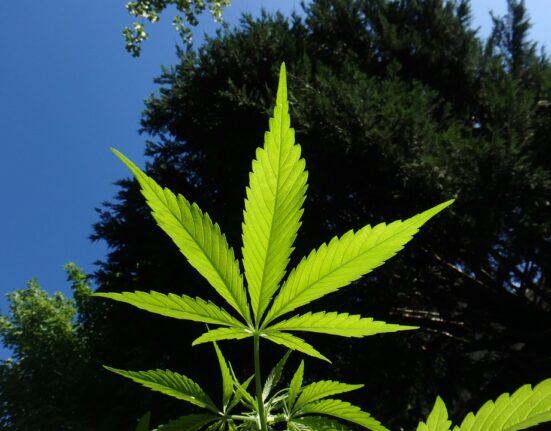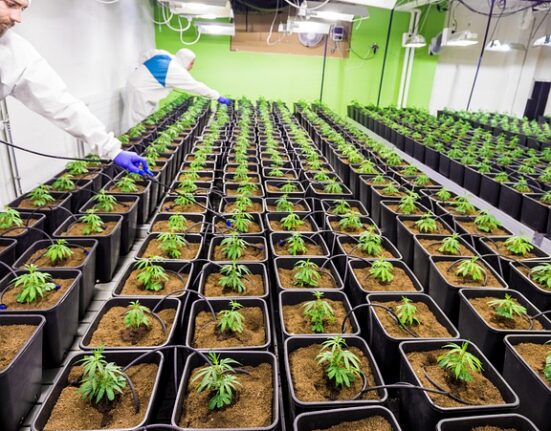Introduction
Marijuana laws in the United States have come a long way since the days of “Reefer Madness,” a propaganda film from the 1930s that depicted marijuana as a dangerous drug that could lead to insanity and violent behavior. Over the years, attitudes towards marijuana have shifted, and many states have legalized its use for both medical and recreational purposes. This article will explore the history of marijuana laws in the United States and how they have evolved over time.
The Early Days
In the early part of the 20th century, marijuana was legal in the United States and was used for a variety of purposes, including medicinal and recreational. However, attitudes towards the drug began to change in the 1930s with the rise of anti-marijuana propaganda, such as “Reefer Madness.” This propaganda, along with racist attitudes towards Mexican and African American users of the drug, led to the passage of the Marihuana Tax Act of 1937, which effectively criminalized marijuana at the federal level.
The War on Drugs
Throughout the rest of the 20th century, marijuana remained illegal at the federal level, and the War on Drugs launched by President Richard Nixon in the 1970s only intensified enforcement efforts against marijuana users. However, attitudes towards marijuana began to shift in the 1990s with the passage of medical marijuana laws in California and other states. These laws allowed patients with certain medical conditions to use marijuana with a doctor’s recommendation.
The Rise of Legalization
In the early 21st century, several states began to legalize the use of marijuana for both medical and recreational purposes. Colorado and Washington were the first states to legalize recreational marijuana in 2012, and since then, many other states have followed suit. As of 2021, 18 states have legalized recreational marijuana, and 36 states have legalized medical marijuana.
The Impact of Legalization
The legalization of marijuana has had a significant impact on the United States, both socially and economically. Legalizing marijuana has led to a decrease in cannabis-related arrests and incarceration, as well as a shift in attitudes towards the drug. It has also created a booming industry that generates billions of dollars in revenue each year.
Conclusion
The evolution of marijuana laws in the United States is a testament to the changing attitudes towards marijuana and the growing acceptance of its medicinal and recreational benefits. While there is still much work to be done in terms of federal legalization and regulation of the drug, the progress that has been made in recent years is a promising sign for the future.
FAQs
Q: Is marijuana legal at the federal level in the United States?
A: No, marijuana is still classified as a Schedule I drug under federal law, which means it is illegal for any purpose. However, many states have chosen to legalize marijuana for medical and recreational use despite federal prohibition.
Q: Can I travel with marijuana between states where it is legal?
A: It is still illegal to transport marijuana across state lines, even between states where it is legal. This is because federal law prohibits the transportation of marijuana across state lines, and airports and other transportation hubs are subject to federal jurisdiction.
Q: Can I grow my own marijuana plants if it is legal in my state?
A: The laws regarding home cultivation of marijuana vary by state, so it is important to familiarize yourself with the laws in your state before attempting to grow your own plants. In some states, home cultivation is allowed for personal use, while in others it is strictly prohibited.








Leave feedback about this